Revolutionary Bird-like Drone Set to Transform Military and Environmental Monitoring
In a significant advancement in Drone Technology, China has introduced a new kind of robotic bird named “Little Falcon,” developed by the country’s leading drone manufacturers within the military sector, reports Newsweek. This development, aired by state media and demonstrated in Xi’an, Shaanxi province, showcases a drone with unparalleled agility and realism in flight, marking a potential paradigm shift in aerial surveillance and reconnaissance applications.
The Dawn of a New Era in Drone Technology
“Little Falcon” represents the culmination of centuries of human fascination with bird flight. Inspired by nature, this ornithopter achieves lift and propulsion through flapping wings, a concept explored in various forms of media and science, including the notable adaptation of the Dune series by Denis Villeneuve. However, the innovation behind “Little Falcon” lies not just in its flight mechanics but in its multifunctional capabilities and potential uses within the Chinese People’s Liberation Army for tasks ranging from military reconnaissance to ecological monitoring.
Developed by a dedicated team at Northwestern Polytechnical University—a key player in China’s defense research—the drone’s debut was widely covered by Chinese state media, including CCTV. The robotic bird’s design includes a novel crank mechanism allowing it to fold its wings while flapping, enabling more complex maneuvers such as making turns by folding one wing at a time and extending both wings for energy-efficient gliding.
Potential Military and Environmental Applications
The implications of such a drone are vast. State and nationalistic publications, like the Global Times, have speculated on its future uses, including surveillance, reconnaissance, and even precision strikes in special operations. Its lifelike appearance adds a new level of stealth, complicating enemy detection efforts.
This development is not isolated. Northwestern Polytechnical University, identified by the Australian Strategic Policy Institute as a major defense research institution with deep military ties, has been at the forefront of UAV (unmanned aerial vehicle) innovation. The same team previously made headlines with a robotic dove capable of extended flight, underscoring their continuous contributions to advancing drone technology.
A Global Race in Robotic Avian Technology
China’s “Little Falcon” enters a growing field of robotic birds that mimic nature to achieve practical applications. The EU-funded GRIFFIN project and a 2020 study in Science Robotics highlight similar endeavors to develop drones that can land on branches or perform micro-aerial vehicle missions, demonstrating the global interest in this area.
A Future Shaped by Robotic Birds
The introduction of “Little Falcon” by Chinese scientists marks a significant milestone in the evolution of drone technology, blending the art of biomimicry with cutting-edge engineering. As these technologies continue to develop, their impact on military strategy, environmental conservation, and surveillance will undoubtedly expand, reshaping our approach to these critical areas. With ongoing innovations and applications, the sky is no longer the limit but a new frontier for exploration and discovery.
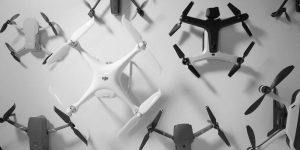


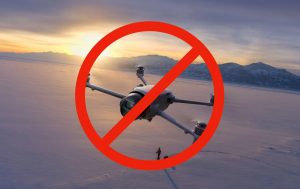
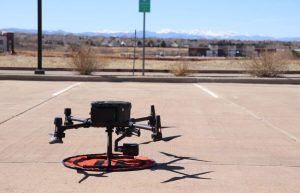

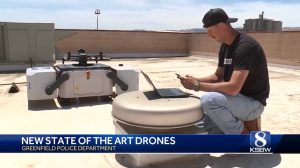


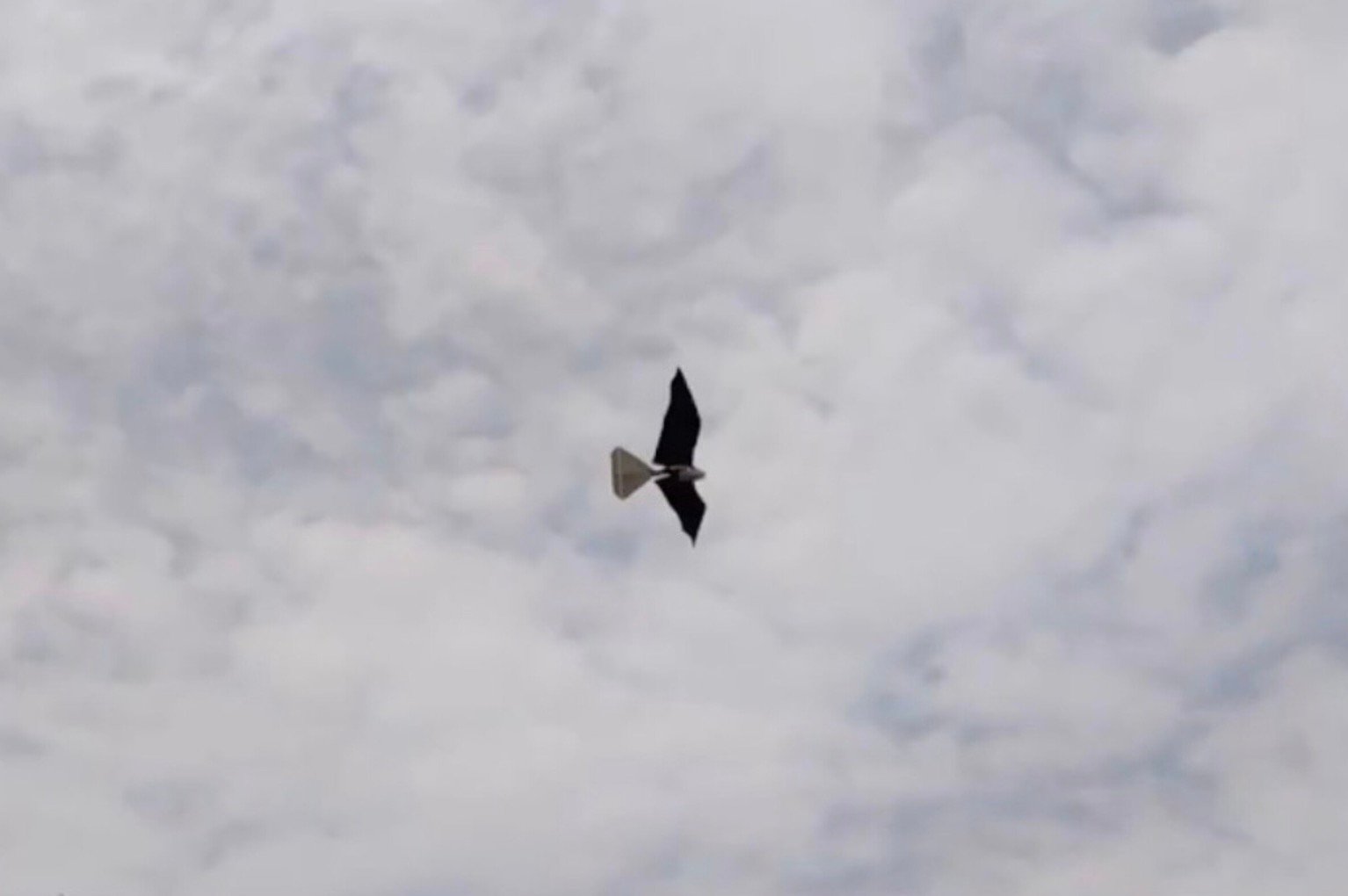



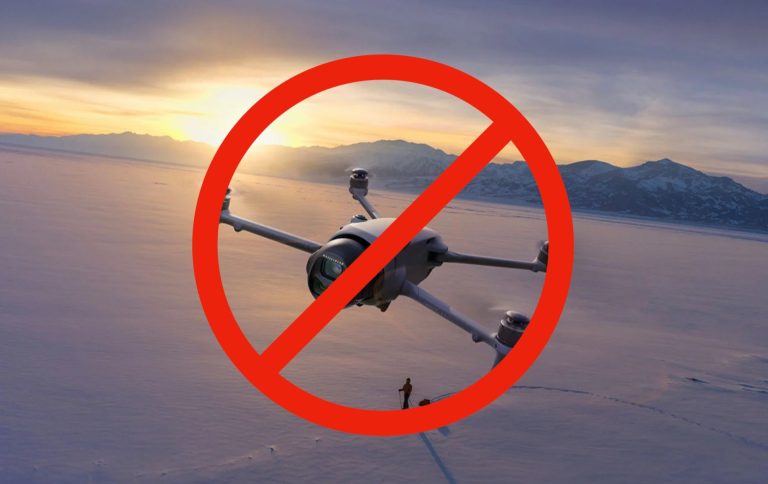
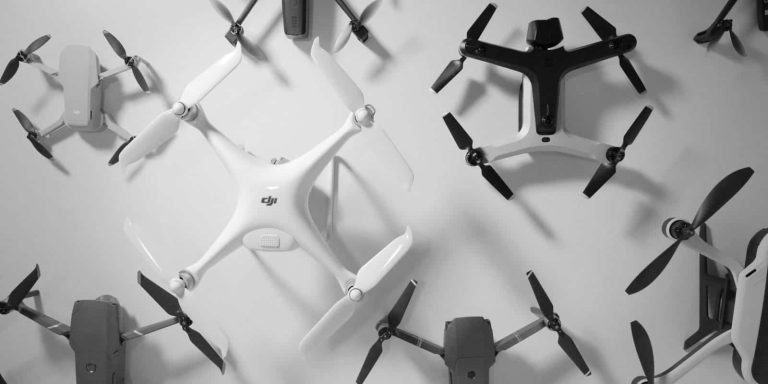
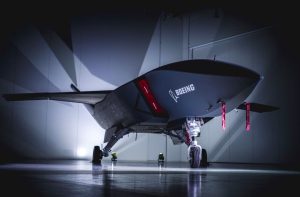

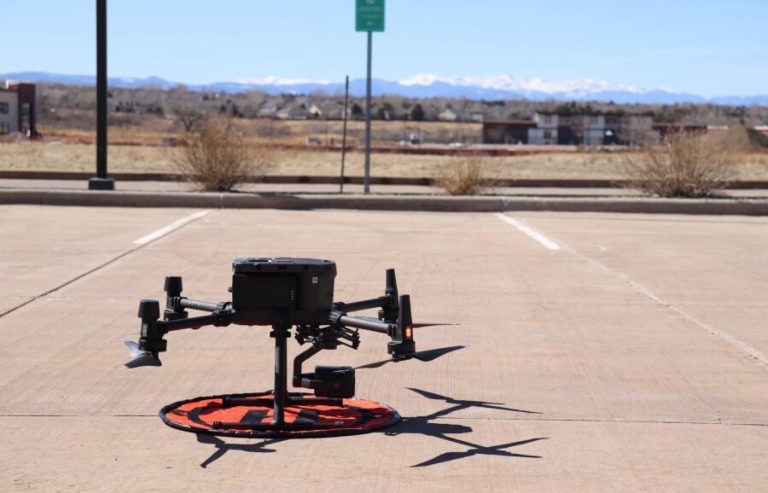
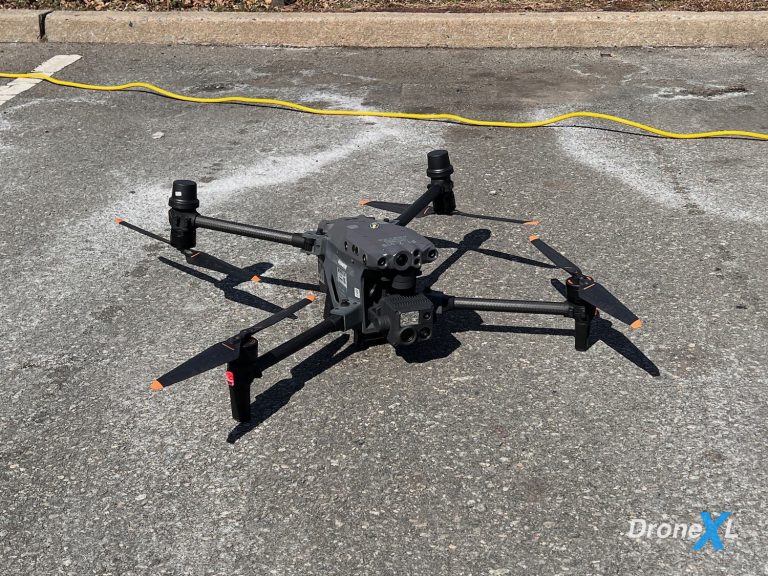


+ There are no comments
Add yours